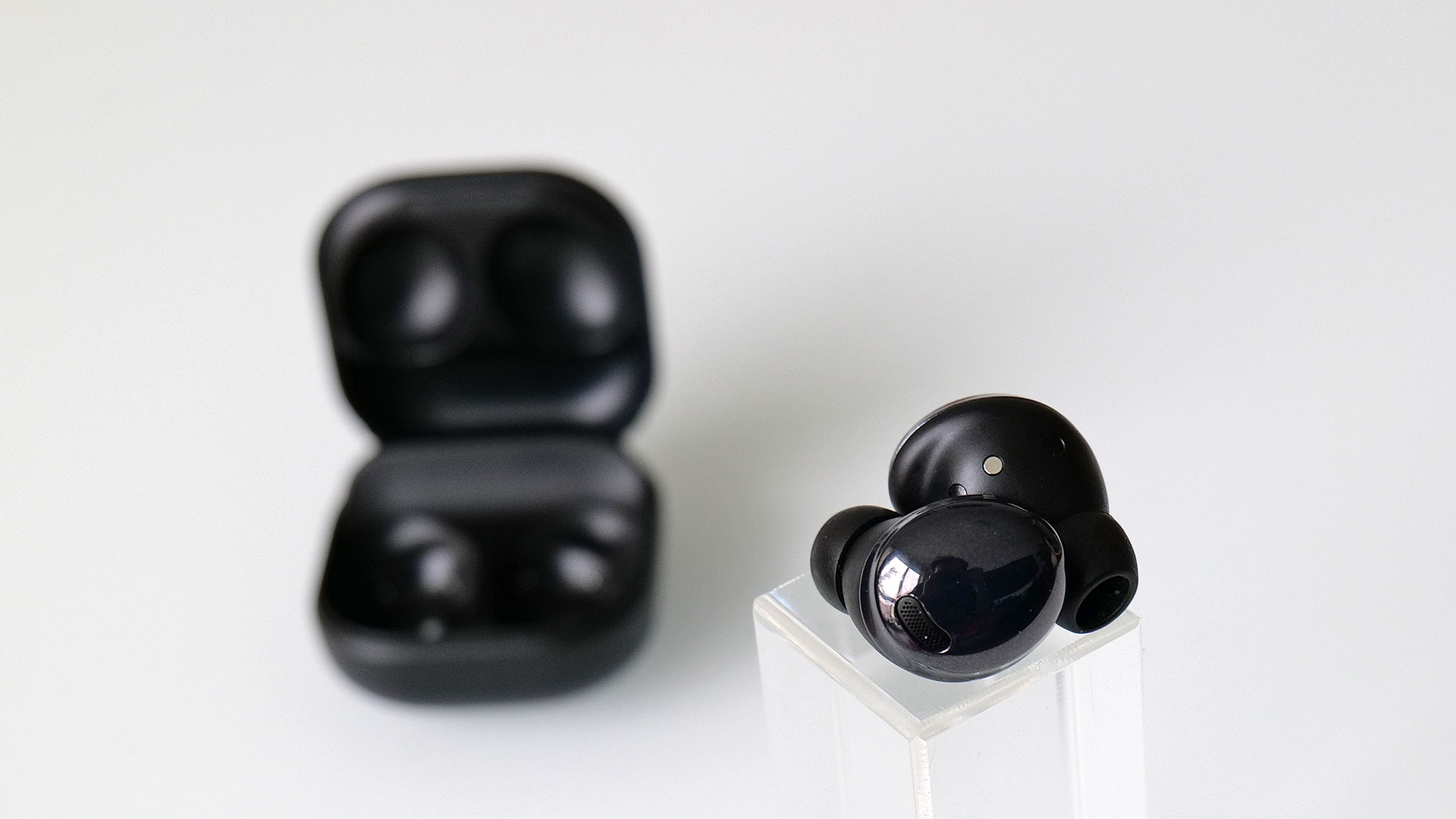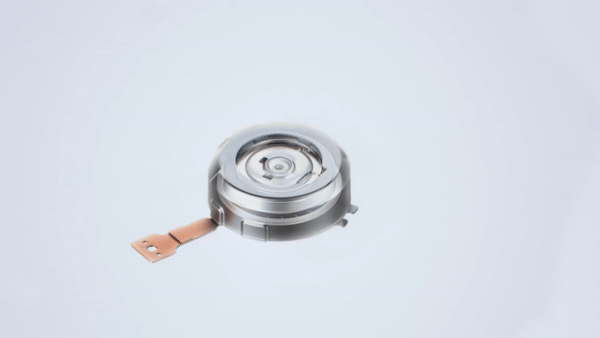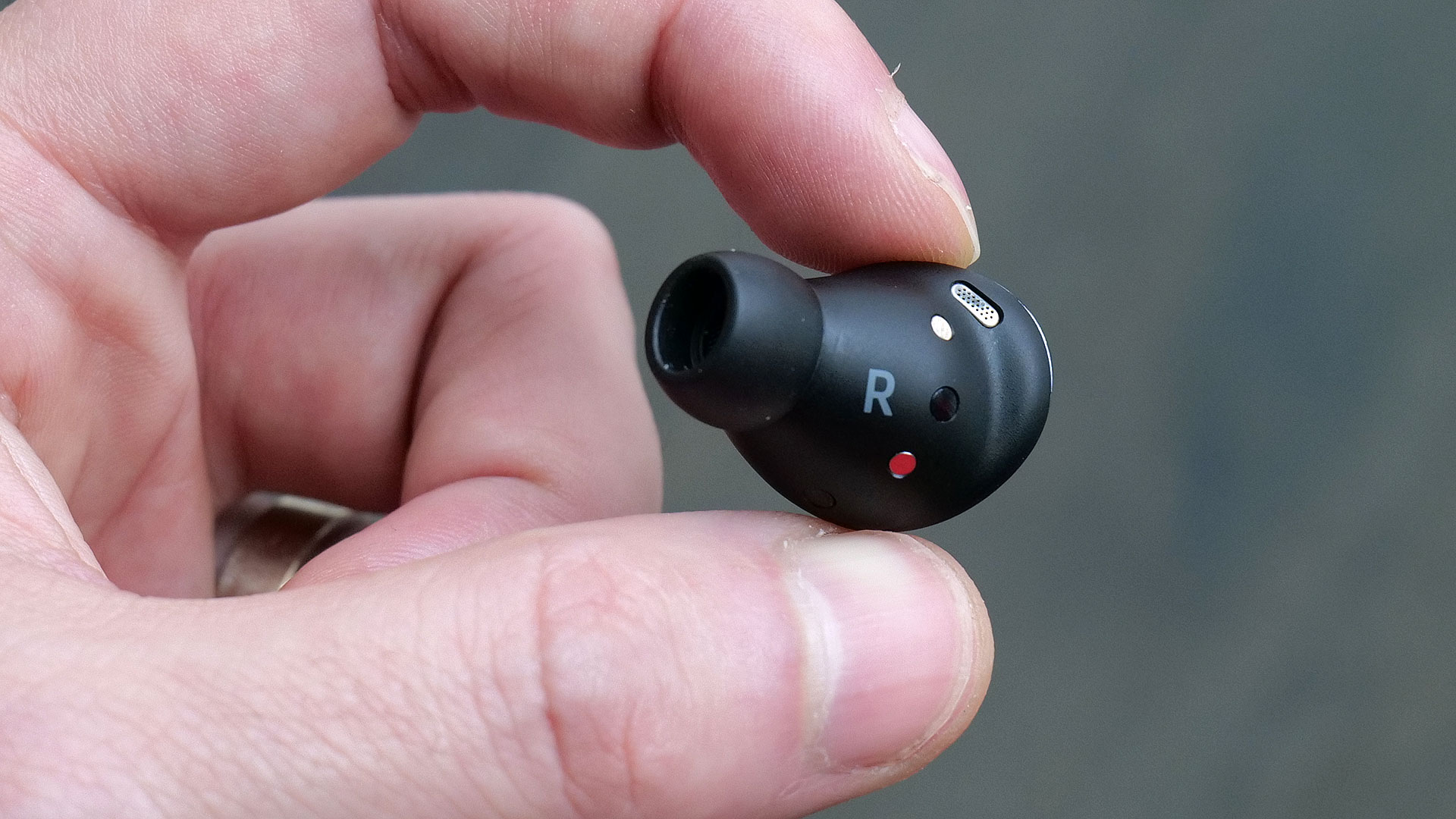It’s tough to remember a time before true wireless earbuds were everywhere, but just five years ago, they were barely on anyone’s radar. They were often oversized, suffered from pitiful battery life and frequent connectivity issues, and were expensive to boot. But now wireless earbuds have become one of the fastest-selling categories of gadgets.
Apple’s AirPods tend to dominate the conversation whenever people are talking about true wireless earbuds, but Samsung has been quietly working to make its own earbud lineup more advanced. With the new Galaxy Buds Pro, the company has distilled all the technology advancements and expertise it’s developed over the last five years into a super simple, comfortable device with great sound. I sat down (virtually, of course) with Han-gil Moon, head of Samsung’s Advanced Audio Labs, to dive into the evolution of Samsung’s earbuds and figure out what’s next.
“[Galaxy Buds Pro] is really a compilation of all the challenges and all the long hours of work and thought put in by our developers throughout the previous generations of Buds lineup,” Moon told me via a translator.
The timing of the Pro’s launch less than six months after Samsung’s previous wireless earbuds, the Galaxy Buds Live, came a bit as a surprise.

But there’s a clear trajectory to how Samsung’s wireless earbuds have advanced in the last five years, and the company has iterated quickly to get to where it is now. In 2016, Samsung released the heart rate-tracking Gear IconX earbuds to relatively little fanfare, then ditched the heart rate sensor for on-board music storage and a bigger battery with the 2018 version of Gear IconX.
But it wasn’t until 2019 that Samsung made a splash with the original Galaxy Buds, which became the template for future Samsung earbuds. On top of seriously beefed-up audio quality and wireless connectivity, the OG Galaxy Buds also included Qi wireless charging, Ambient Noise mode, and built-in touch controls, which turned into core features of Samsung’s entire wireless earbud lineup.
Last spring, Samsung refined its earbud design with the Galaxy Buds+, which added dual audio drivers for even better sound and triple mics (which addressed a major complaint about the original Galaxy Buds), and added even lengthier battery life for a lower price.

But then came the Galaxy Buds Live, which at the time seemed like a weird side step for Samsung. The Buds Live sported a new case, but more notably a weirdly bean-like open design, which, combined with active noise cancellation, seemed like it was more for bikers or commuters than the general music listener. But as it turned out, the Buds Live paved the way for the Galaxy Buds Pro.
“The planning and development of Buds Live and Buds Pro actually began around the same time, but they are focused on different needs of users,” Moon said. “Buds Live was developed in order to provide a comfortable fit and casual usage, and that is why Buds Live has its unique design as open-type earbuds.”
With Galaxy Buds Pro, Samsung returned to a more conventional earbud design with ANC and dual audio drivers, but with even better IPX7 water-resistance.

And it’s that combination of dual audio drivers, water resistance, ANC, and built-in vents to help balance air pressure — all crammed into a tiny package — that posed such a problem for headphone engineers. Sounds like an exercise in frustration to me, but this is what Samsung’s earbuds team has been working on for years.
“How to overcome this spatial restraint in a small size was a challenge that was given to our developers from the very first generation of ‘buds,” Moon said.
“The Buds Pro actually uses coaxial two-way speakers, so it has a bigger width and bigger height compared to other average speakers. Therefore we had to really think a lot about how to mount these big speakers, two of them, without compromising design or fit,” he continued. “Usually when you have a water-resistant speaker, there tends to be some compromise in audio quality. However, Buds Pro was planned and developed to provide superb audio quality for our users, so we couldn’t make that compromise in audio quality.”
This is especially important when you consider that the Buds Pro features IPX7 water resistance (rated for submersions of up to three feet for 30 minutes), which is much more substantial than the IPX4 water-resistance than you get on the AirPods Pro, which are designed primarily to withstand sweat and light moisture.
[referenced id=”1665043″ url=”https://gizmodo.com.au/2021/01/galaxy-buds-pro-review-samsungs-real-answer-to-the-airpods-pro/” thumb=”https://gizmodo.com.au/wp-content/uploads/2021/01/16/pk3h5jpzief9a7wlg9g5-300×169.jpg” title=”Galaxy Buds Pro Review: Samsung’s Real Answer to the AirPods Pro” excerpt=”It’s been less than six months since Samsung released its last pair of wireless earbuds. But now there’s the Galaxy Buds Pro. By switching over to a more traditional design, keeping built-in ANC, and slapping on a price tag of $450, Samsung has finally created a worthy and more affordable…”]
To me, the Galaxy Buds Pro are easily the best-sounding earbuds Samsung has ever made, but I admit I’m not a true audiophile. I don’t spend thousands of dollars on vacuum tubes or $5,000 headphones just to get the perfect at-home listening experience. But among those who are, the Galaxy Buds Pro still earn high marks. In-Ear Fidelity says the Buds Pro “is one of the best TWS IEMs [true wireless stereo in-ear monitors] I have tested and can very well give similar ‘audiophile’ IEMs a run for their money.”
However, the most interesting thing about the Galaxy Buds Pro is how they represent the continued evolution of headphones and earbuds from simple listening devices to more powerful augmented hearing devices. This started way back with the original Galaxy Buds’ Ambient Noise mode, which can help people stay more aware of their surrounding environment by passing through and amplifying nearby sounds. And now on the Galaxy Buds Pro, Samsung has added a new Voice Detect feature that builds on Ambient Noise mode by automatically activating it when it detects your voice. This allows you to more easily have a conversation with someone without needing to manually toggle on Ambient Noise mode or physically remove the Buds Pro from your ears.

Moon told me the way it works is with a new VPU (Voice Pick Up or Voice Pick Up Bone Sensor).
“When a user speaks, that will create energy, which is then translated into vibrations of your head,” he told me. “VPU basically senses that vibration. What’s good about that is that it does not react to surrounding noise or surrounding sounds. In other words, this is a unit that is only focused on the user’s own voice.”
However, Voice Detect is still kind of a work in progress, because even though it can easily tell when you’re speaking, not every conversation begins with your voice. That means if someone comes up to you while you’re wearing headphones and asks you a question, you might miss it. In the future, Moon said that Voice Detect “will combine with AI to become more intelligent.”
“Samsung thinks ANC and Ambient Mode are basically on the same spectrum,” he said. “Ambient Noise amplifies surrounding sounds and ANC reduces or blocks surrounding sounds so you can really immerse yourself in content.”
[referenced id=”1237859″ url=”https://gizmodo.com.au/2020/08/samsung-galaxy-buds-live-review-the-beans-got-beats/” thumb=”https://gizmodo.com.au/wp-content/uploads/2020/08/07/xvpjrmtm8sjnjykm9j2o-300×169.jpg” title=”Samsung Galaxy Buds Live Review: The Beans Got Beats” excerpt=”Samsung is no stranger when it comes to making true wireless earbuds, having released its first pair ” the original Gear IconX ” back in 2016 (nearly six months before AirPods were even a thing). But with the new $319 Galaxy Buds Live, Samsung decided to remix its latest earbuds…”]
By adding features like Ambient Noise and Voice Detect to mainstream earbuds, Samsung is slowly working to turn earbuds into devices you’ll want to leave in all the time, instead of popping them in and out for specific tasks like making calls or listening to music. We’re moving toward a future with smarter hands-free experiences, where devices simply respond to your needs, no fiddling with settings required.
“Everyone in the industry wants a device that understands the user better,” Moon said. “Everyone wants an experience where you don’t have to switch between multiple devices. You can just use a single device to meet all your purposes.”

The Galaxy Buds Pro is not a perfect device. Mediocre battery life, which is rated to last around five hours with ANC enabled, is a problem, because you have to balance the size of the device with how many components can be crammed inside. Past iterations of Galaxy Buds have offered much more impressive battery life, but without the Pro-level features. But Moon said he is confident that “just as we have done in earlier generations, we will continue to overcome that challenge with advanced technology in our future Buds products.”
I’m curious about potential future features, like the ability to automatically activate ANC in loud environments. Moon said the biggest driver for new tech simply comes from customer demand.
“All of the innovations that you have seen in our Buds series came from the users’ own voices,” he told me. “So any future ideas for AI or intelligence in our future products will also be driven by the voice of customers and the needs of users.”
And while that doesn’t give us any real hint as to what we might be able to expect on the next Galaxy Buds, it’s a good reminder that if there’s something you want to see from a product, it never hurts to speak up.
